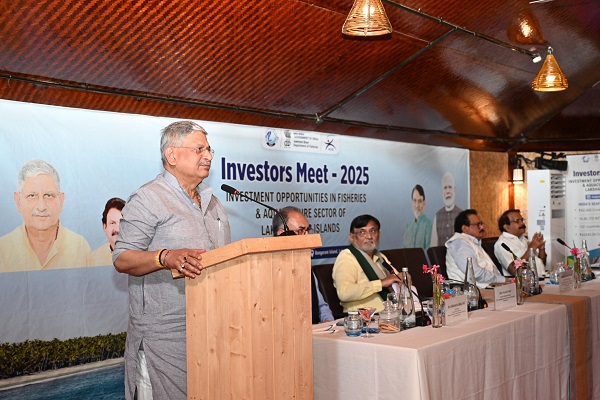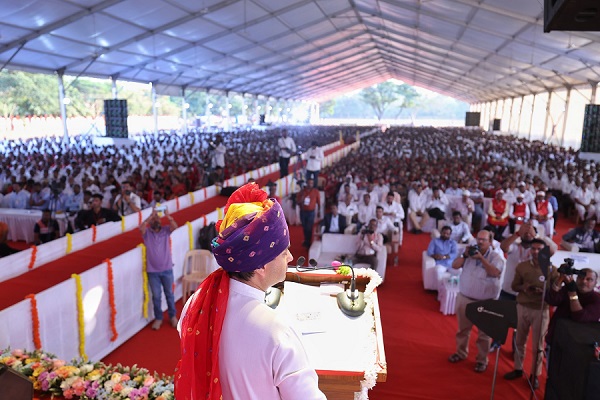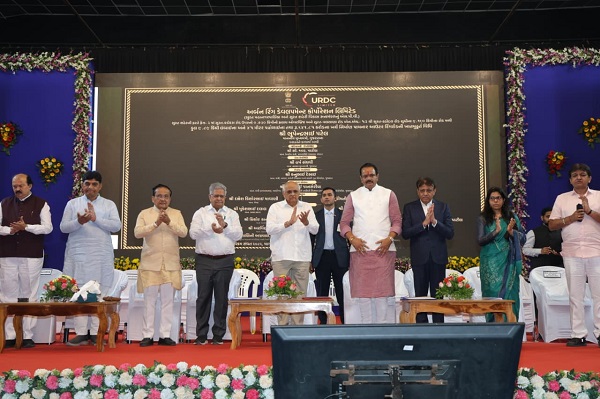Health Tourism: Healing Beyond Borders

Introduction Health tourism—also known as medical and wellness tourism—is the practice of traveling to another country or region to receive healthcare services or engage in wellness activities. It includes everything from surgeries and dental care to yoga retreats and spa therapies. As healthcare costs rise and wellness becomes a priority, more travelers are seeking destinations that offer both healing and rejuvenation.
Types of Health Tourism
Medical Tourism: Travel for treatments like surgery, dental care, fertility procedures, or diagnostics.
Wellness Tourism: Focuses on preventive care and holistic well-being, including yoga, meditation, spa therapies, and nutrition programs.
Thermal & Spa Tourism: Involves visits to natural hot springs, mineral baths, and therapeutic spas.
Benefits of Health Tourism
Cost Savings: Treatments abroad can be significantly cheaper than in the traveler’s home country.
Access to Expertise: Some destinations offer specialized care or advanced technologies not available locally.
Reduced Wait Times: Patients can bypass long queues for procedures in their home countries.
Cultural Healing: Wellness tourism often integrates traditional healing practices like Ayurveda, acupuncture, or herbal medicine.
Global Trends
India’s “Heal in India” Initiative: A strategic roadmap to position India as a global hub for medical and wellness tourism.
Digital Health Integration: Telemedicine and electronic health records are making cross-border care more seamless.
Eco-Wellness Retreats: Destinations are combining nature-based tourism with wellness programs for holistic healing.
Challenges
Regulatory Gaps: Lack of international standards can affect quality and safety.
Ethical Concerns: Issues like organ trafficking and exploitation must be monitored.
Post-Treatment Care: Continuity of care after returning home can be difficult.
























